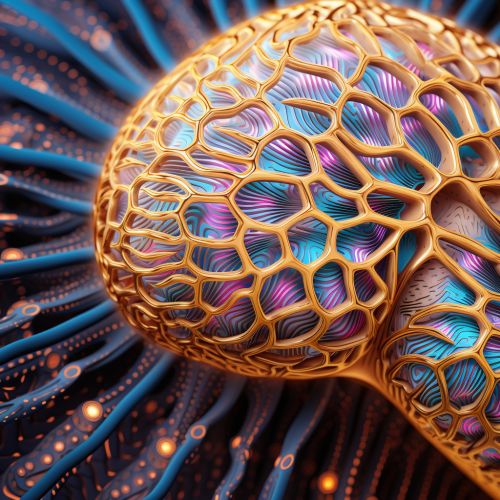Pattern recognition (psychology)
Introduction
Pattern recognition in psychology refers to the process through which humans identify and categorize stimuli based on their perceptual features. This cognitive process is essential for interpreting, understanding, and interacting with the environment. It involves the identification of patterns or regularities in sensory input and the categorization of these patterns into predefined classes.


Cognitive Processes Involved in Pattern Recognition
Pattern recognition involves several cognitive processes, including perception, attention, memory, and decision-making.
Perception
Perception is the process of organizing and interpreting sensory information to recognize meaningful objects and events. In pattern recognition, perception allows us to identify patterns in the sensory input we receive. For example, we can recognize the pattern of a familiar face or the melody of a song.
Attention
Attention is the cognitive process that allows us to focus on specific aspects of our environment while ignoring others. In pattern recognition, attention helps us to concentrate on the relevant features of a pattern and ignore irrelevant ones.
Memory
Memory plays a crucial role in pattern recognition. Our ability to recognize patterns is largely based on our memory of previously encountered patterns. For example, we can recognize a friend's face because we have a memory of what their face looks like.
Decision-Making
Decision-making is the cognitive process of choosing between different options. In pattern recognition, decision-making involves deciding which category a perceived pattern belongs to. For example, if we see a pattern of black and white stripes, we might decide that it belongs to the category of "zebra."
Theories of Pattern Recognition
Several theories have been proposed to explain how pattern recognition occurs. These include the template-matching theory, the prototype-matching theory, and the feature-analysis theory.
Template-Matching Theory
The template-matching theory suggests that we recognize patterns by comparing incoming sensory information with internal templates or mental representations that we have stored in our memory. When a match is found, we recognize the pattern.
Prototype-Matching Theory
The prototype-matching theory proposes that we recognize patterns by comparing them to an average or typical representation of a category, known as a prototype. If the pattern closely matches the prototype, we recognize it as belonging to that category.
Feature-Analysis Theory
The feature-analysis theory suggests that we recognize patterns by breaking them down into their constituent features and analyzing these features. This theory explains how we can recognize complex patterns that cannot be easily matched to a template or prototype.
Applications of Pattern Recognition in Psychology
Pattern recognition has many applications in psychology, including in the fields of cognitive psychology, clinical psychology, and neuropsychology.
Cognitive Psychology
In cognitive psychology, pattern recognition is used to study how people perceive, remember, and think about patterns. For example, researchers might use pattern recognition tasks to investigate how people process visual or auditory information.
Clinical Psychology
In clinical psychology, pattern recognition can be used to understand and diagnose mental disorders. For example, certain patterns of behavior or thought might be indicative of a specific mental disorder.
Neuropsychology
In neuropsychology, pattern recognition is used to study the brain mechanisms involved in recognizing patterns. For example, neuroimaging studies might be used to identify the brain regions activated when people recognize patterns.
Conclusion
Pattern recognition is a fundamental cognitive process that allows us to make sense of the world around us. It involves several cognitive processes, including perception, attention, memory, and decision-making, and is explained by several theories, including the template-matching theory, the prototype-matching theory, and the feature-analysis theory. Pattern recognition has many applications in psychology, including in cognitive psychology, clinical psychology, and neuropsychology.
